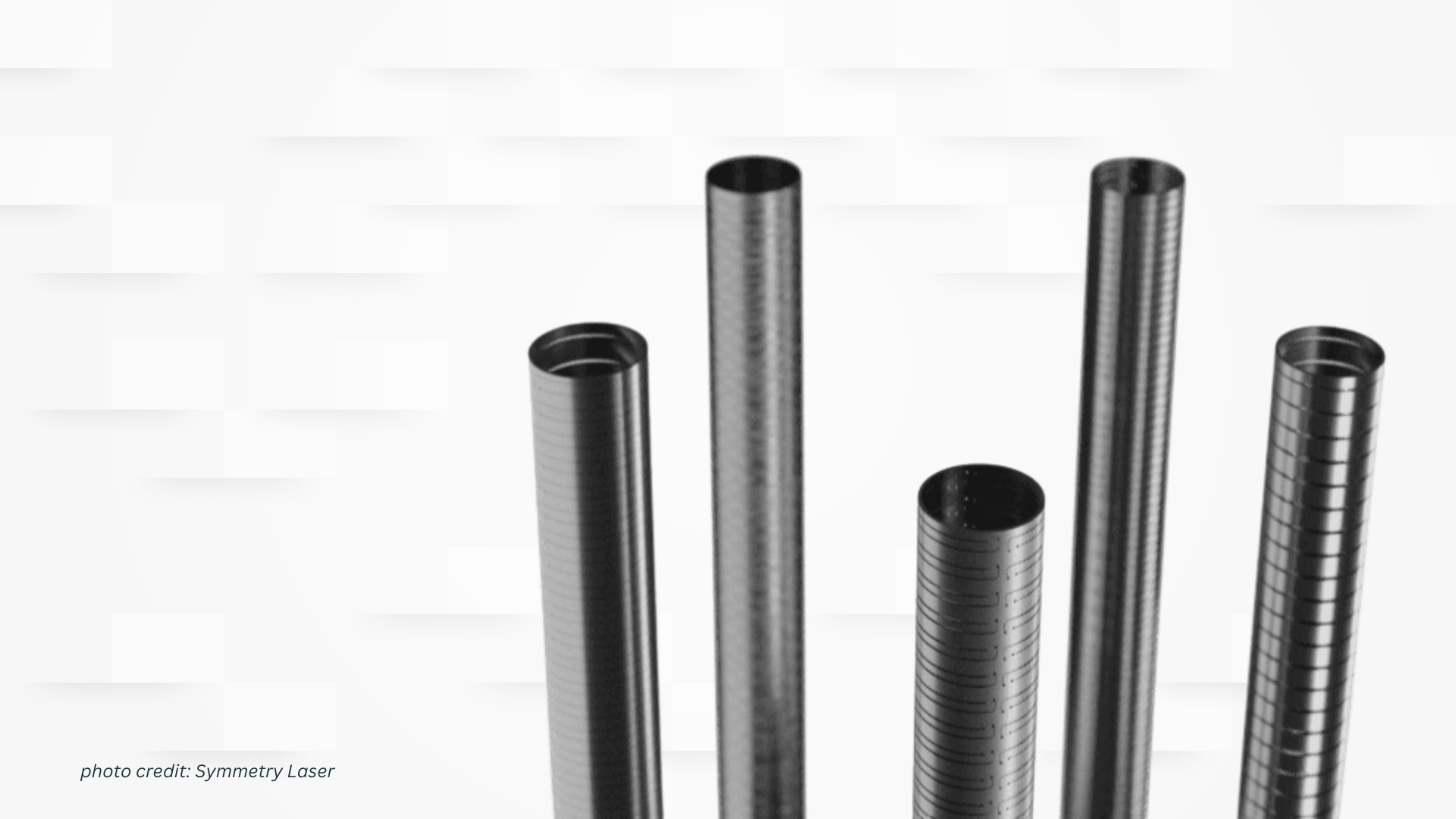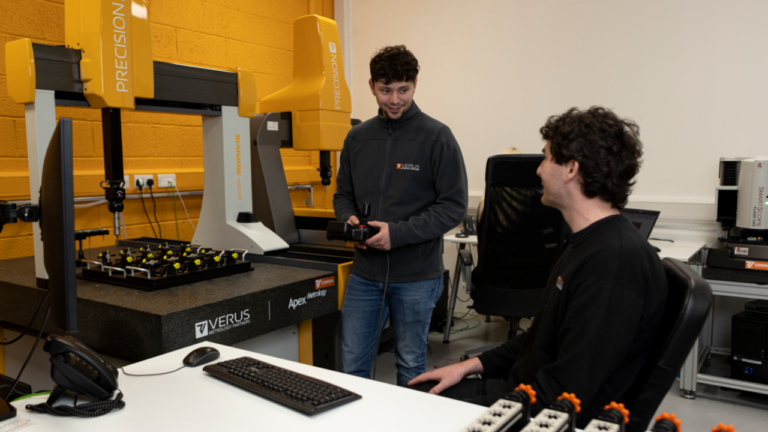Advancing Minimally Invasive Procedures with Laser Cut Hypotubes

Minimally invasive medical procedures have transformed the healthcare landscape, offering patients faster recovery times, reduced scarring, and improved outcomes. Laser-cut hypotubes play a pivotal role in these groundbreaking procedures, offering a multitude of benefits that enhance the performance and reliability of minimally invasive medical devices. Let’s explore how laser-cut hypotubes revolutionize the field of minimally invasive procedures.
1. Exceptional Precision for Precise Instrumentation:
Accuracy is paramount when it comes to minimally invasive procedures. Laser-cut hypo tubes provide unmatched precision, enabling the creation of highly intricate and precise instruments. Whether it’s a catheter, laparoscopic tool, or endoscope, laser-cut hypotubes ensure precise control and maneuverability, leading to improved surgical outcomes and patient safety.
2. Thin and Flexible Profiles for Enhanced Maneuverability:
Minimally invasive procedures often require instruments to navigate through narrow and delicate anatomical structures. Laser-cut hypotubes excel in creating thin and flexible profiles, allowing for easy navigation and access to challenging anatomical locations. The enhanced maneuverability of these instruments enables surgeons to perform complex procedures with greater ease and precision.
3. Enhanced Manufacturing Efficiency:
In the realm of minimally invasive medical devices, laser-cutting technology ensures precise, burr free edges on hypotubes that helps facilitate a seamless manufacturing process. Unlike traditional braided construction methods that may involve laborious processes such as braid terminations, laser-cut hypotube constructs can simplify assembly by reducing construction layers by up to 70% and eliminate unnecessary complexities. This not only enhances manufacturing efficiency by eliminating timely processes but can reduce cost and product defect rates.
4. Customisation for Tailored Solutions:
Minimally invasive procedures often require specialised tools and instruments to address unique patient needs. Laser-cut hypotubes offer unparalleled customization options, enabling manufacturers to create tailor-made solutions for specific procedures. Whether it’s designing intricate patterns, complex geometries, or unique features, laser cutting allows for the creation of personalised instruments that optimise patient outcomes.
5. Biocompatible Materials for Enhanced Compatibility:
Medical devices used in minimally invasive procedures must be biocompatible to ensure patient safety and minimise the risk of adverse reactions. Laser-cut hypotubes accommodate a wide range of biocompatible materials, including stainless steel, nitinol, and various polymers. This versatility allows manufacturers to select the most suitable material based on the specific requirements of the procedure, ensuring optimal compatibility and reducing the risk of complications.
6. Optimised Product Design
Minimally invasive procedures aim to minimise trauma to the patient’s body, resulting in faster recovery times and reduced post-operative pain. Laser-cut hypotubes contribute to this goal by enabling the creation of smaller and more precise instruments. These instruments require smaller incisions and cause less tissue trauma, which can lead to faster healing and improved patient comfort.
7. Consistency and Reliability for Successful Procedures:
The success of minimally invasive procedures relies heavily on the performance and reliability of the instruments used. Laser-cut hypotubes ensure consistent and reliable performance, thanks to their precise cutting capabilities and high-quality manufacturing processes. Surgeons can trust in the reliability of these instruments, allowing them to focus on delivering the best possible patient care.
8. Driving Affordability in Catheter Construction:
As technology evolves, so does our ability to create laser-cut hypo tubes with unparalleled precision, speed, cost and quality. These advancements in manufacturing technologies and new catheter construction philosophes contribute to driving down construction costs by reducing processes and required construction layers, while increasing performance characteristics. This makes laser-cut hypotubes not only an economically attractive option, but provides unapparelled device performance and design control.
In conclusion, laser-cut hypotubes have revolutionised minimally invasive medicine by offering exceptional precision, flexibility, customisation, and biocompatibility. These cutting-edge instruments empower surgeons to perform complex procedures with utmost precision and patient safety. As minimally invasive procedures continue to evolve and expand, laser-cut hypotubes will undoubtedly play a vital role in shaping the future of medical advancements and improving patient outcomes.



